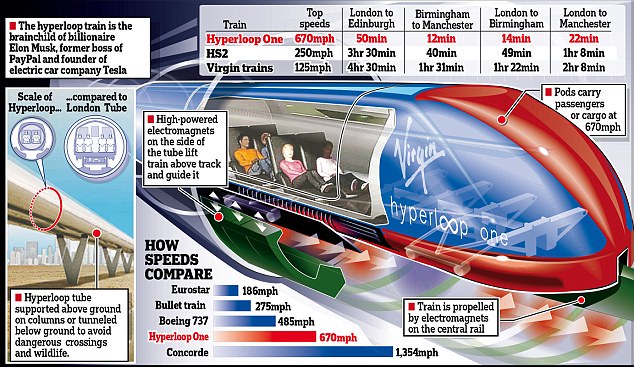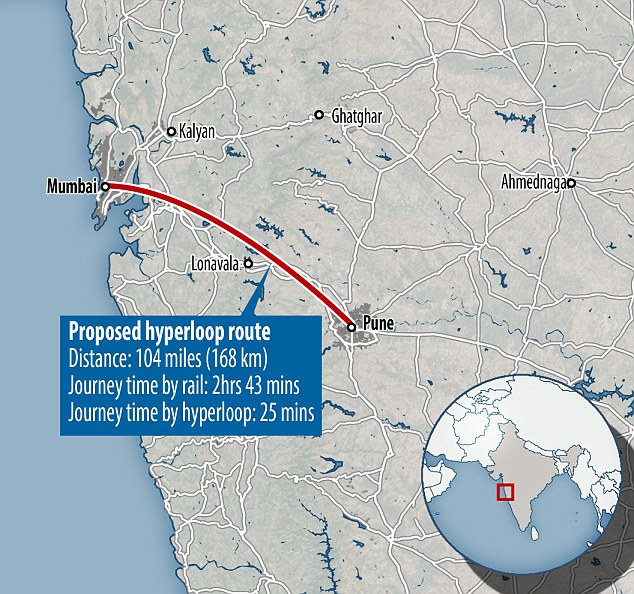7667766266
enquiry@shankarias.in
Why in news?
Maharashtra government has signed an agreement with Virgin group to build a Hyperloop.
What is Hyperloop?

What was the proposed Hyperloop route in India?

What are the advantages of Hyperloop?
Source: Indian Express, Daily Mail